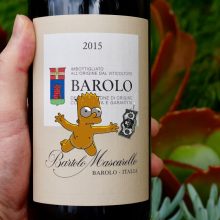
Product information
Bartolo Mascarello Barolo 2015
$410
Description
When it comes to Barolo, Bartolo Mascarello is at the top of the tree. Filled with personality and incredible harmony, Maria Theresa has taken them to the next level since she took full control in around 2004. A vertical tasting of the wines was one of the most exhilarating Nebbiolo experiences I’ve ever had.
Out of stock
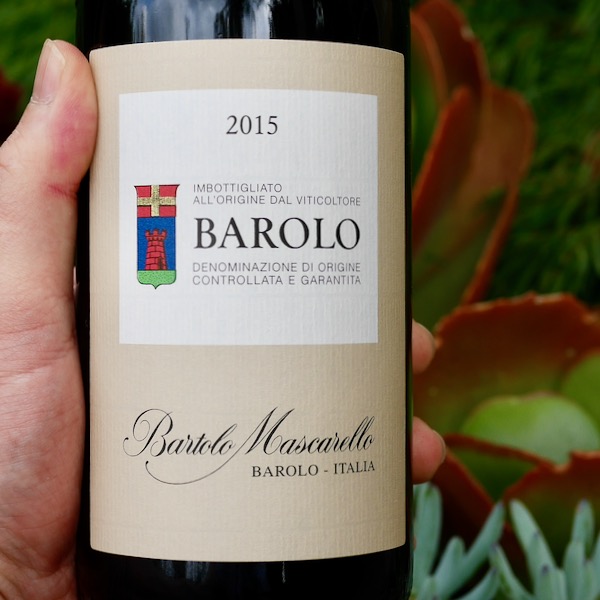
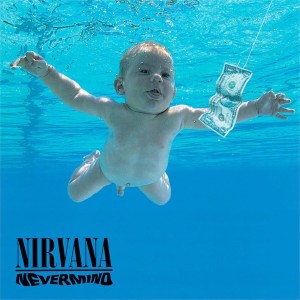
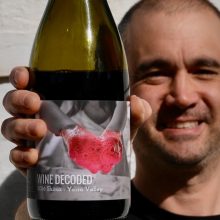
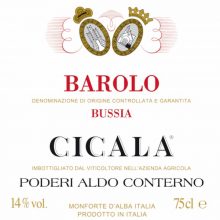
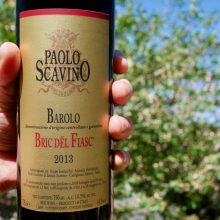
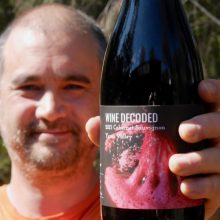
You must be logged in to post a comment.